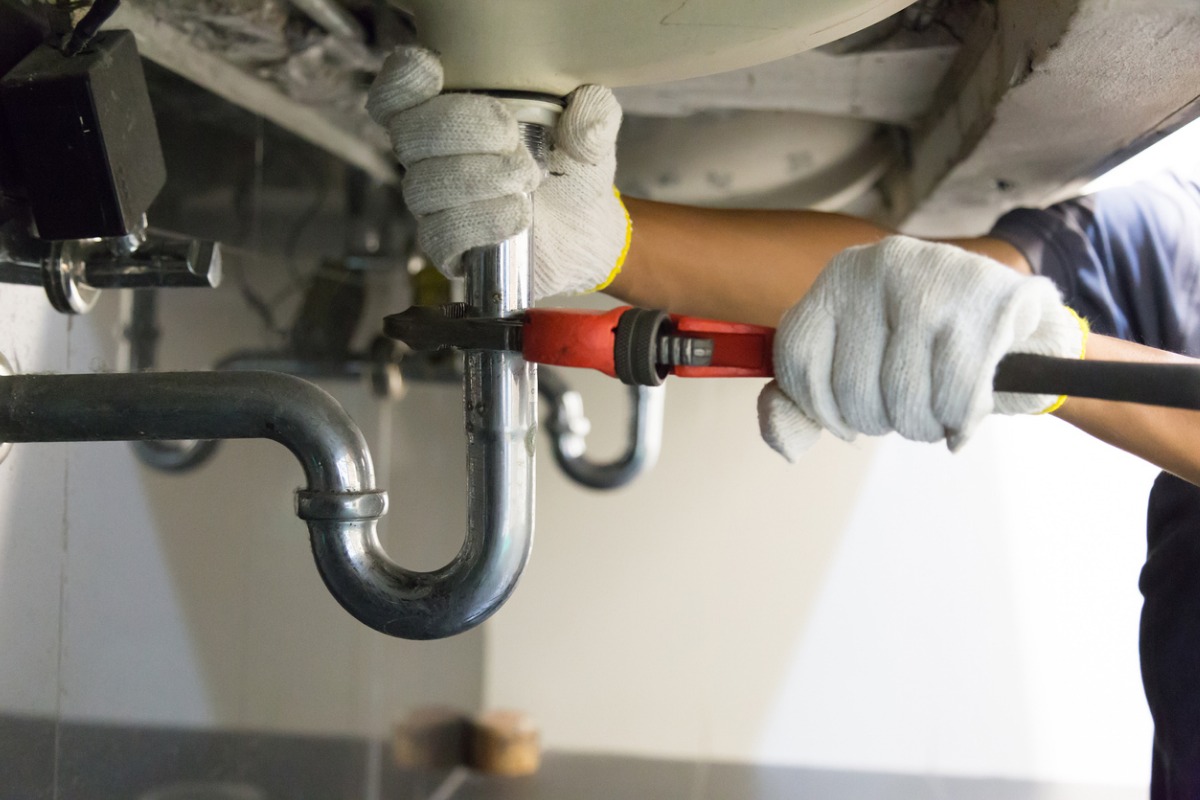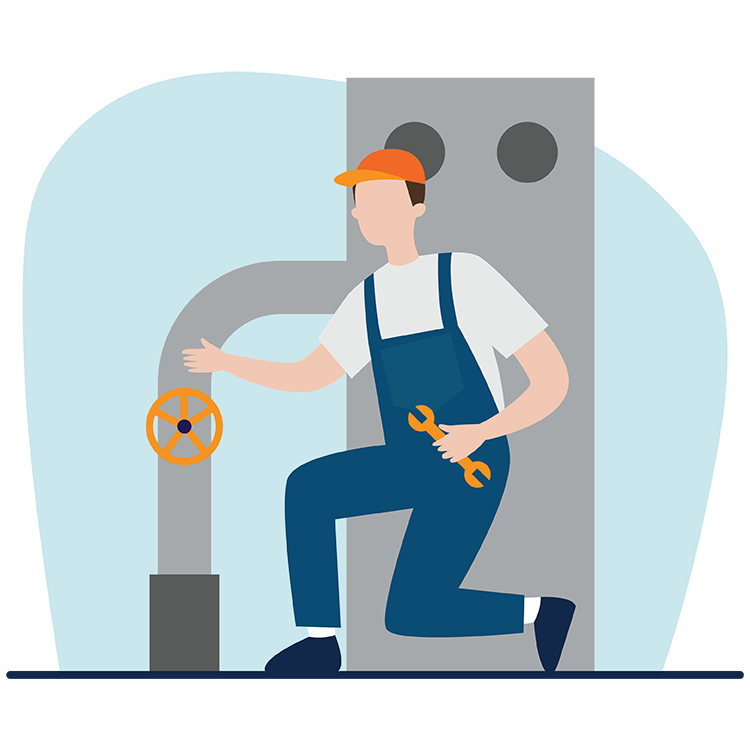Professional Drain Cleaning Alabaster AL to Maintain Your Pipes Flowing
Professional Drain Cleaning Alabaster AL to Maintain Your Pipes Flowing
Blog Article
A Step-by-Step Guide to Effective Water Heating System Installment for Ideal Efficiency
Embarking on the task of setting up a water heating system is an endeavor that demands precision and a systematic approach for attaining ideal performance. As you continue, the intricacies of attaching water supply lines and setting up reliable electrical or gas connections await, appealing insights right into ensuring efficiency and integrity.
Selecting the Right Hot Water Heater

Following, think about the size and capability of the water heating system. It's crucial to assess your family's warm water requirements, which can differ based on the number of passengers and their usage patterns. An unit that's also small may bring about insufficient hot water, while an extra-large design could result in unnecessary energy intake.
Performance ratings also play an essential duty in selection. Try to find hot water heater with high Power Element (EF) ratings, indicating remarkable efficiency and lowered energy use. Tankless versions, though usually extra costly ahead of time, offer considerable power savings in time as a result of their on-demand heating abilities.
Preparing the Installment Location
Before installing a brand-new water heater, meticulous prep work of the installment location is necessary. It's vital to determine the area very carefully to suit the water heating system's measurements, ensuring adequate clearance around the unit for efficient operation and maintenance.
Inspect the flooring for security, as the water heating system will certainly need a solid, level surface to operate successfully. If necessary, install a drip pan below the device to capture prospective leakages or spills, protecting against water damage to the surrounding area.
Furthermore, make certain that all essential devices and materials are on hand before beginning the setup. This consists of items such as wrenches, screwdrivers, a level, and any additional hardware needed for placing and securing the heater. A well-prepared setup area sets the structure for an effective water heating unit configuration, enhancing performance and security.
Connecting Water Lines
When attaching water lines to your newly installed hot water heater, it is vital to guarantee that all connections are leak-free and protected to preserve efficient operation and prevent water damage. Begin by identifying the cool and hot water supply lines. The cool water inlet is generally marked with a blue tag or a "C", while the warm water electrical outlet is noted with a red tag or an "H".
Use adaptable water heating unit connectors to assist in a simpler installment procedure. Before attaching the adapters, put a plumber's tape around the threaded ends of the water heater's inlet and electrical outlet pipes.
As soon as links remain in place, gradually switch on the major water system valve. Inspect each connection for leakages by visually really feeling and inspecting for moisture. Tighten connections as essential, and make certain the pressure safety valve is properly installed, protecting versus extreme stress accumulation.
Establishing Up Electrical or Gas Links
Effectively establishing the electrical or gas links for your water heating unit is a crucial action to make certain safe and reliable operation. For electric hot water heater, start by confirming that the electrical circuit is compatible with the heating unit's voltage and amperage demands. Guarantee the More hints power supply is turned off at the breaker to protect against crashes. Link the electrical wires to the heating system complying with the producer's wiring diagram. Typically, this entails attaching the ground cable to the green terminal, and the continuing to be cables to their corresponding terminals, protecting each with cable nuts.
For Get More Information gas water heating units, security is critical. Connect the gas line to the water heating unit utilizing a flexible gas connector, guaranteeing it is appropriately threaded and secured with pipeline joint substance or Teflon tape suitable for gas connections.
As soon as links are made, inspect for any prospective leaks. For gas lines, use a soapy water remedy to the joints; bubbles show a leak. For electrical connections, double-check that all circuitry is safe and correctly insulated, keeping compliance with neighborhood electrical codes.
Examining and Changing for Efficiency
With the electrical and gas connections securely in place, the next action is evaluating the operational efficiency of your water heater. Begin by very carefully transforming on the water supply and making certain there are no leaks at any of the joints or valves.
Following, perform a thorough assessment to ensure the burner or burner are functioning appropriately. For electrical heating units, use a multimeter to verify if the elements are attracting the appropriate existing. In gas models, observe the heater fire; it must be blue and consistent, indicating effective combustion.
Readjust the settings as necessary to remove ineffectiveness. Consider carrying out insulation steps, such as including a water heating unit blanket, to better improve performance by decreasing warm loss. Additionally, inspect the anode pole's problem, as a shabby pole can decrease efficiency and cause tank rust.
Conclusion
Effective hot water heater installment is essential for ensuring ideal efficiency and energy savings. By choosing the appropriate type and size, and meticulously preparing the setup location, a foundation for success is established. Firmly linking supply of water lines and meticulously setting up electrical or gas links lessen possible issues. Comprehensive screening for leakages and precise thermostat modifications to 120 ° F improve integrity and efficiency. Following these actions advertises lasting functionality and energy conservation in property water heating unit.

Appropriately establishing up the electrical or gas connections for your water heating system is a crucial step to make sure effective and secure procedure. For electrical water heaters, start by validating that the electrical circuit is compatible with the heating unit's voltage and amperage needs. Connect the gas line to the water heater using a flexible gas port, guaranteeing it is effectively threaded and sealed with pipe joint compound or Teflon tape appropriate for gas connections.
Report this page